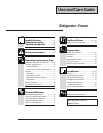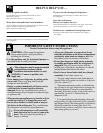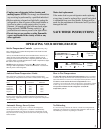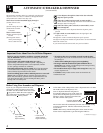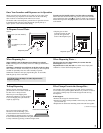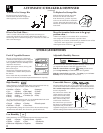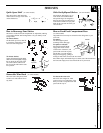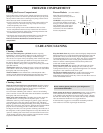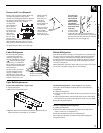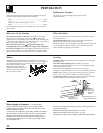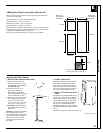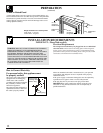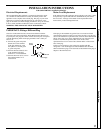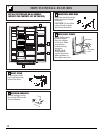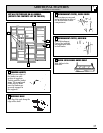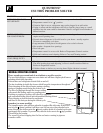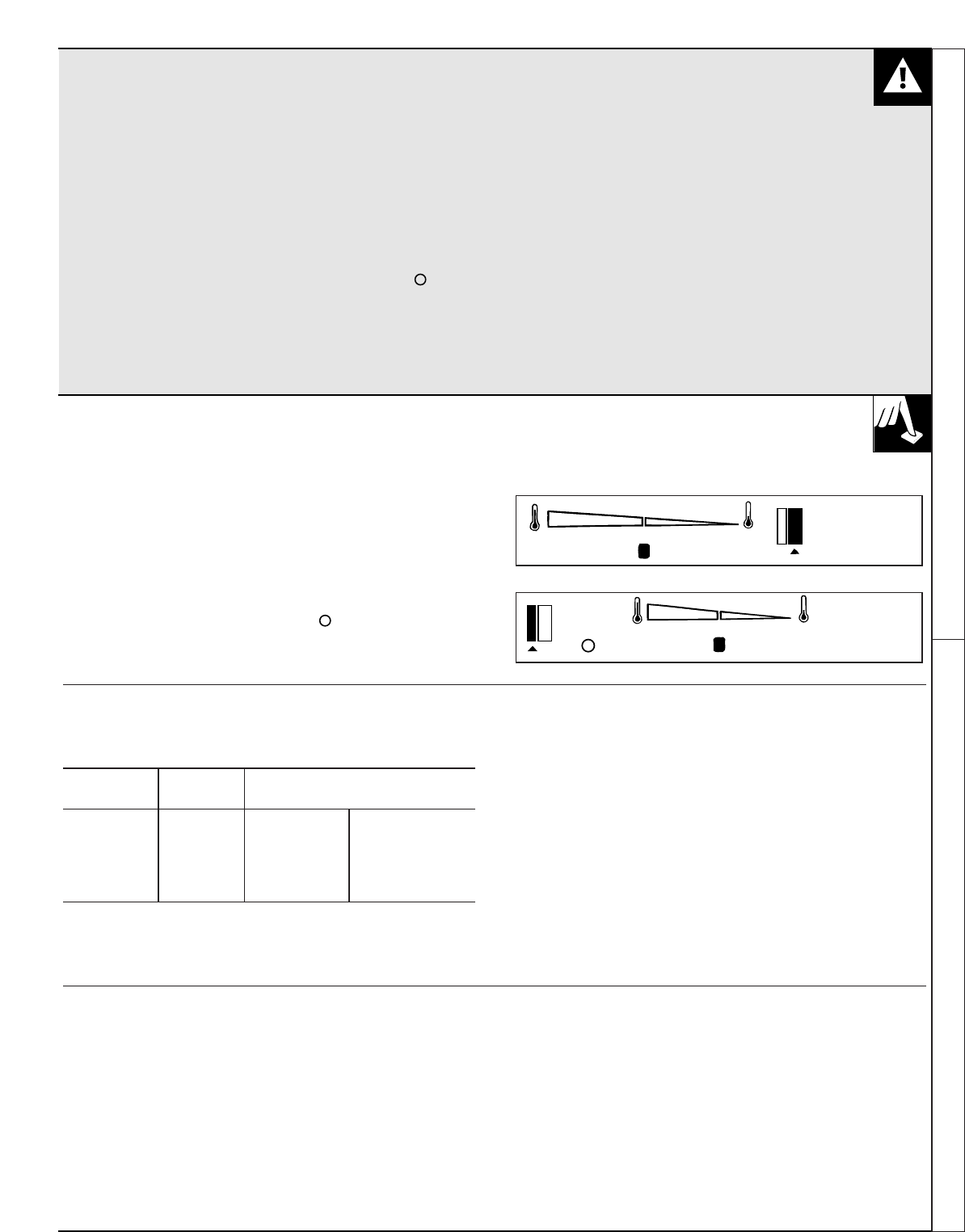
• Unplug your refrigerator before cleaning and
making repairs. NOTE: We strongly recommend that
any servicing be performed by a qualified individual.
• Before replacing a burned-out light bulb, unplug the
refrigerator or turn off power at the circuit breaker or
fuse box in order to avoid contact with a live wire
filament. (A burned-out light bulb may break when
being replaced.) NOTE: Turning control to “ ”
position does not remove power to the light circuit.
• Do not store or use gasoline or other flammable
vapors and liquids in the vicinity of this or any
other appliance.
Mains lead replacement
If the mains lead on your refrigerator needs replacing
at any time, it must be replaced by a special lead which
is obtainable from your local dealer. A charge will be
made for the replacement of the mains lead if you have
damaged the lead.
SAVE THESE INSTRUCTIONS
OPERATING YOUR REFRIGERATOR
Set the Temperature Controls (appearance may vary)
Two controls let you regulate the temperature in the fresh food and
freezer compartments.
At first, set both the fresh food control and the freezer control to “5.”
Allow 24 hours for the temperature to stabilize, whether you are
setting the controls for the first time or adjusting them later. Then, if
you want colder or warmer temperatures in either compartment, adjust
the controls one step at a time.
NOTE: Moving the freezer control to the “ ” position turns off
cooling in both compartments—fresh food and freezer—but does not
shut off power to the refrigerator.
1
3 5
7
9
1
3
5
9
7
Ambient Room Temperature Limits How to Test Temperatures
This refrigerator is designed to operate in ambient temperatures
specified by its Temperature Class which is marked on the rating plate.
Temperature Symbol Ambient Temperature
Class
Maximum Minimum
Extended-
Temperate SN 32°C 10°C
Temperate N 32°C 16°C
Subtropical ST 38°C 18°C
Tropical T 43°C 18°C
NOTE: Internal temperature may be affected by such factors as the
location of the refrigerator, ambient temperature and frequency of
door openings. Adjust temperature controls as required to compensate
for these factors.
Use the milk test for the fresh food compartment. Place a container
of milk on the top shelf in the fresh food compartment. Check it a day
later. If the milk is too warm or too cold, adjust the temperature controls.
Use the ice cream test for the freezer compartment. Place a
container of ice cream in the center of the freezer compartment. Check
it after a day. If it’s too hard or too soft, adjust the temperature controls.
Always allow 24 hours for the refrigerator to reach the
temperature you set.
3
Important Safety Instructions Operating Your Refrigerator
Automatic Energy-Saver System No Defrosting
You won’t find an “energy-saver” switch on this refrigerator.
Warm liquid from the refrigerator’s condenser is automatically
circulated around the front edge of the freezer compartment to help
keep moisture from forming on the outside of the refrigerator during
humid weather.
It is not necessary to defrost the freezer or fresh food compartments.
Although your refrigerator is designed and equipped to defrost itself
automatically, some frost on packages is normal.
Fresh Food
Control
Freezer
Control



